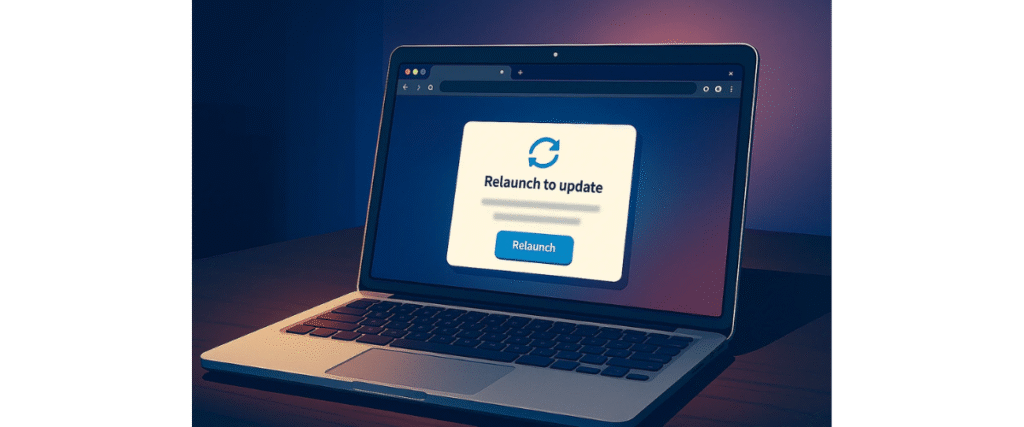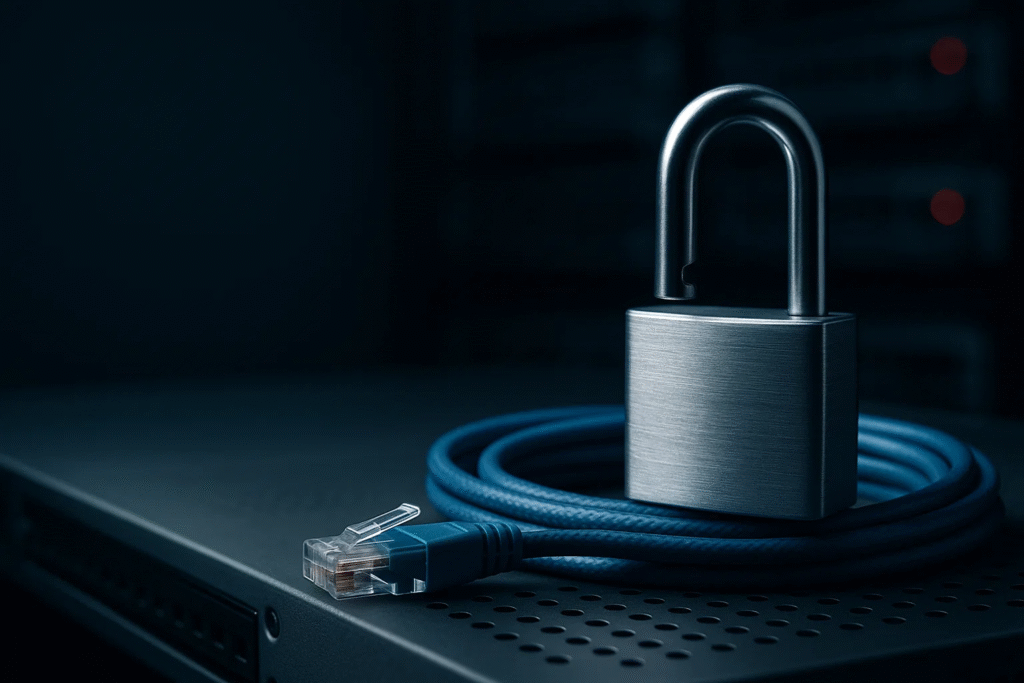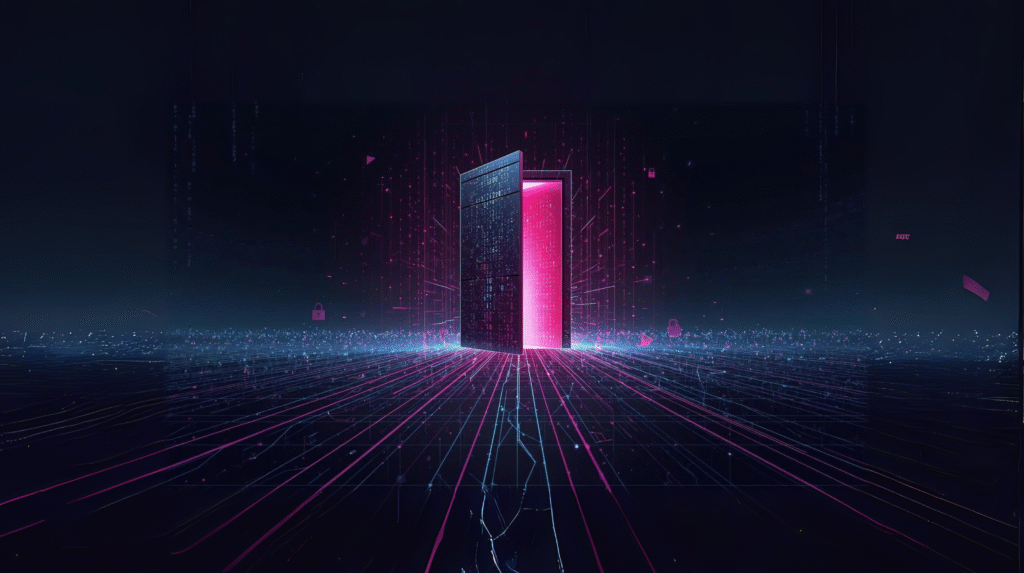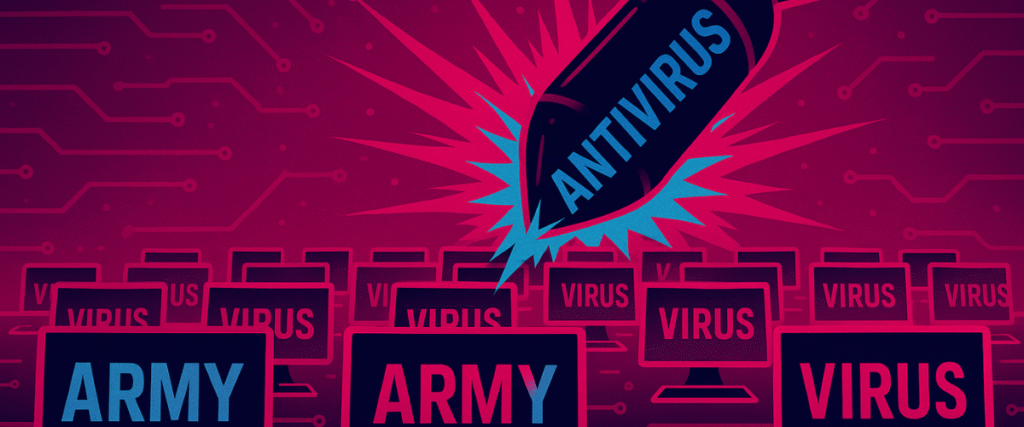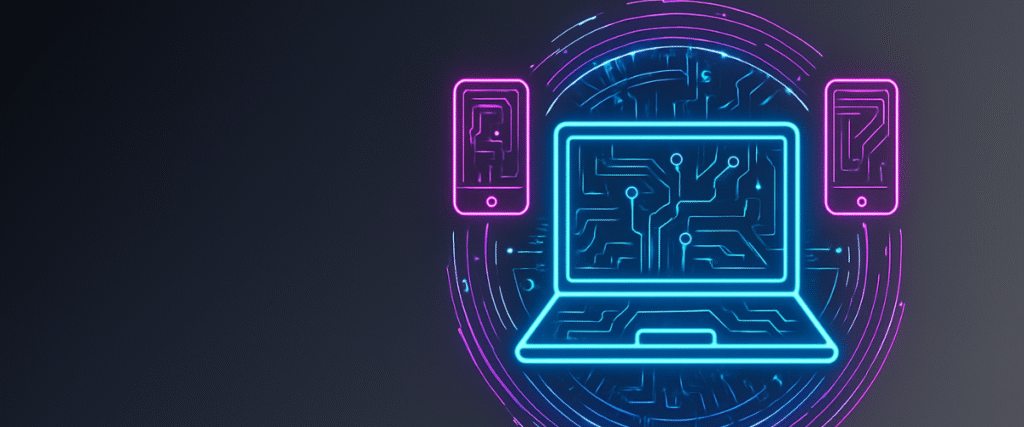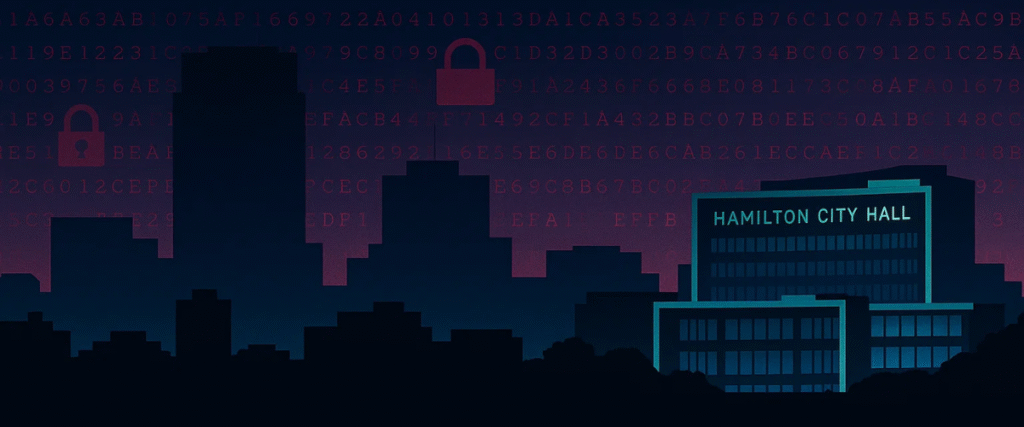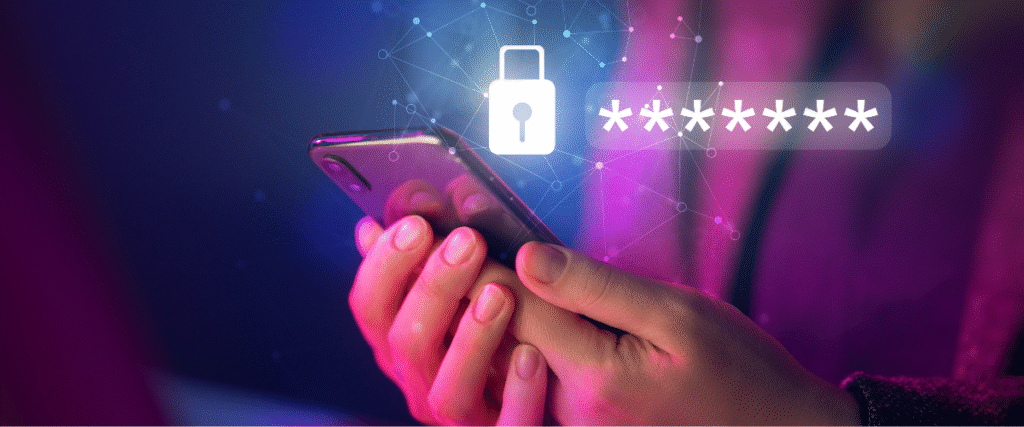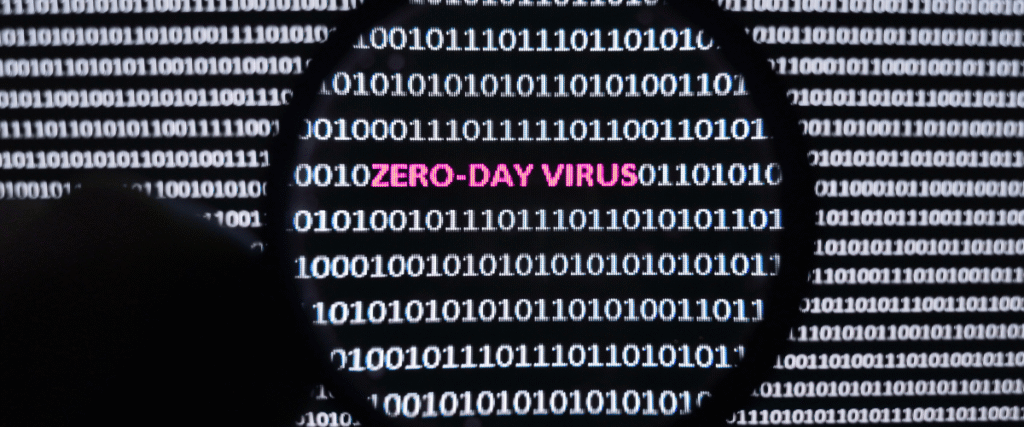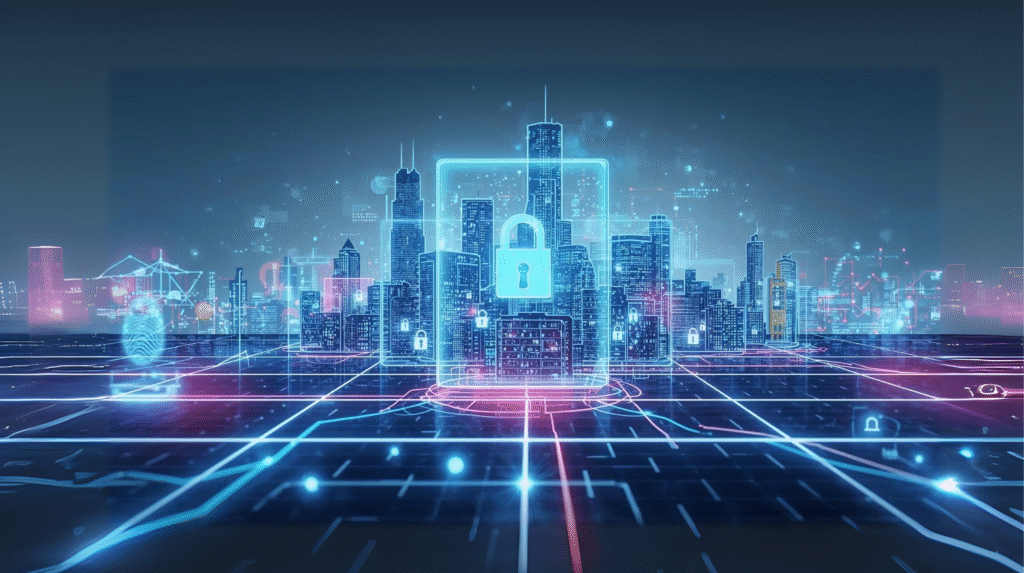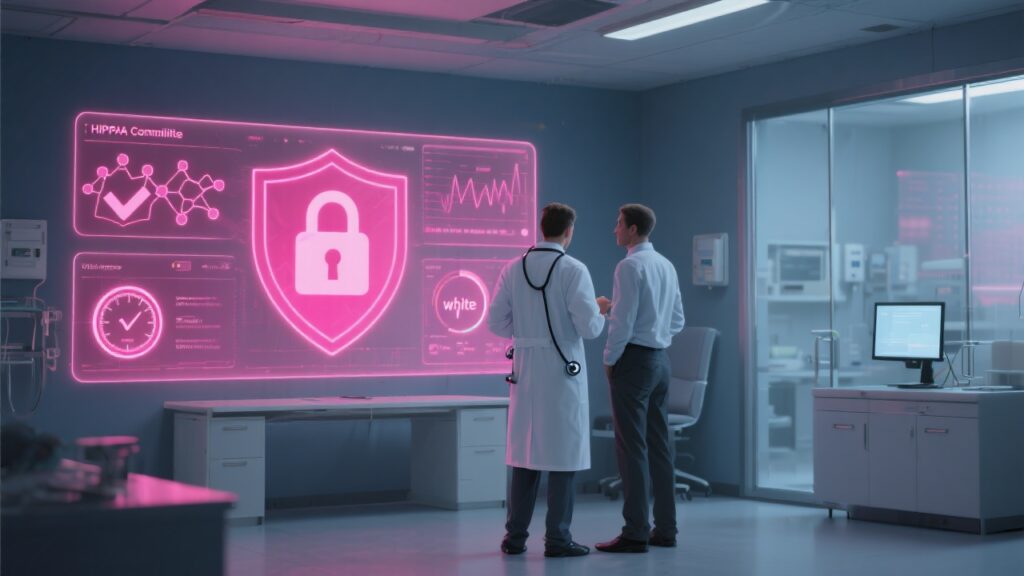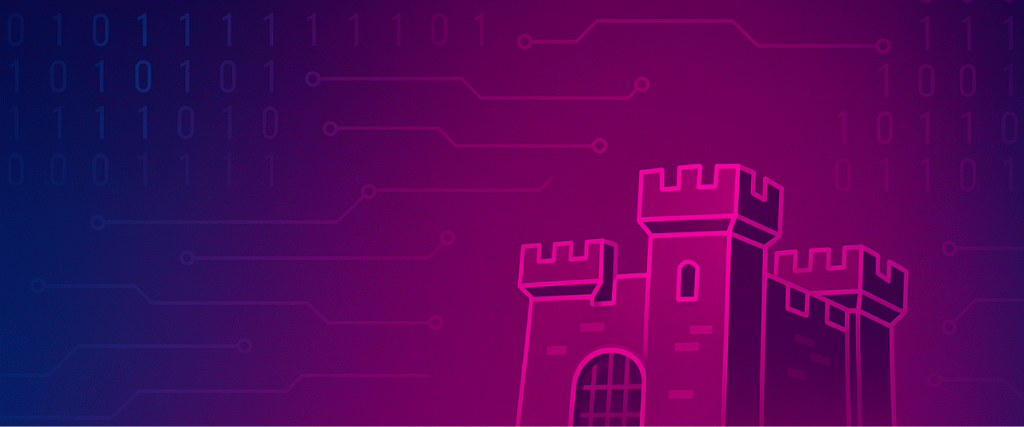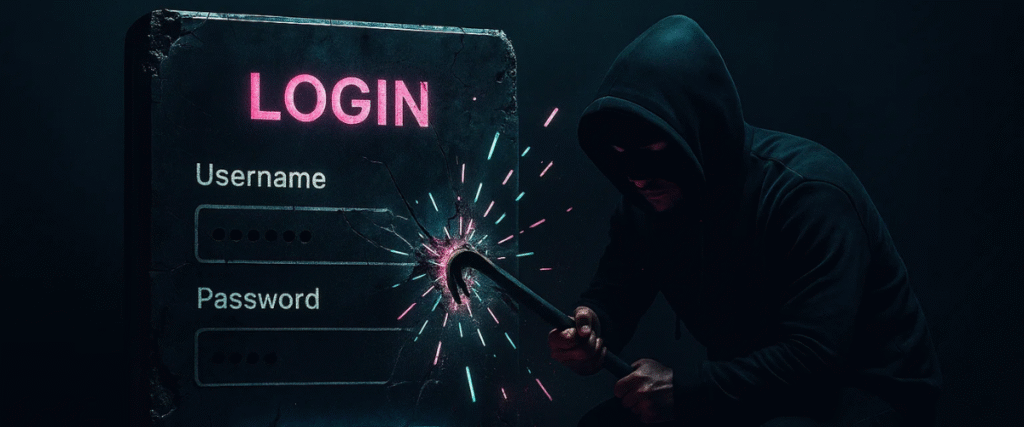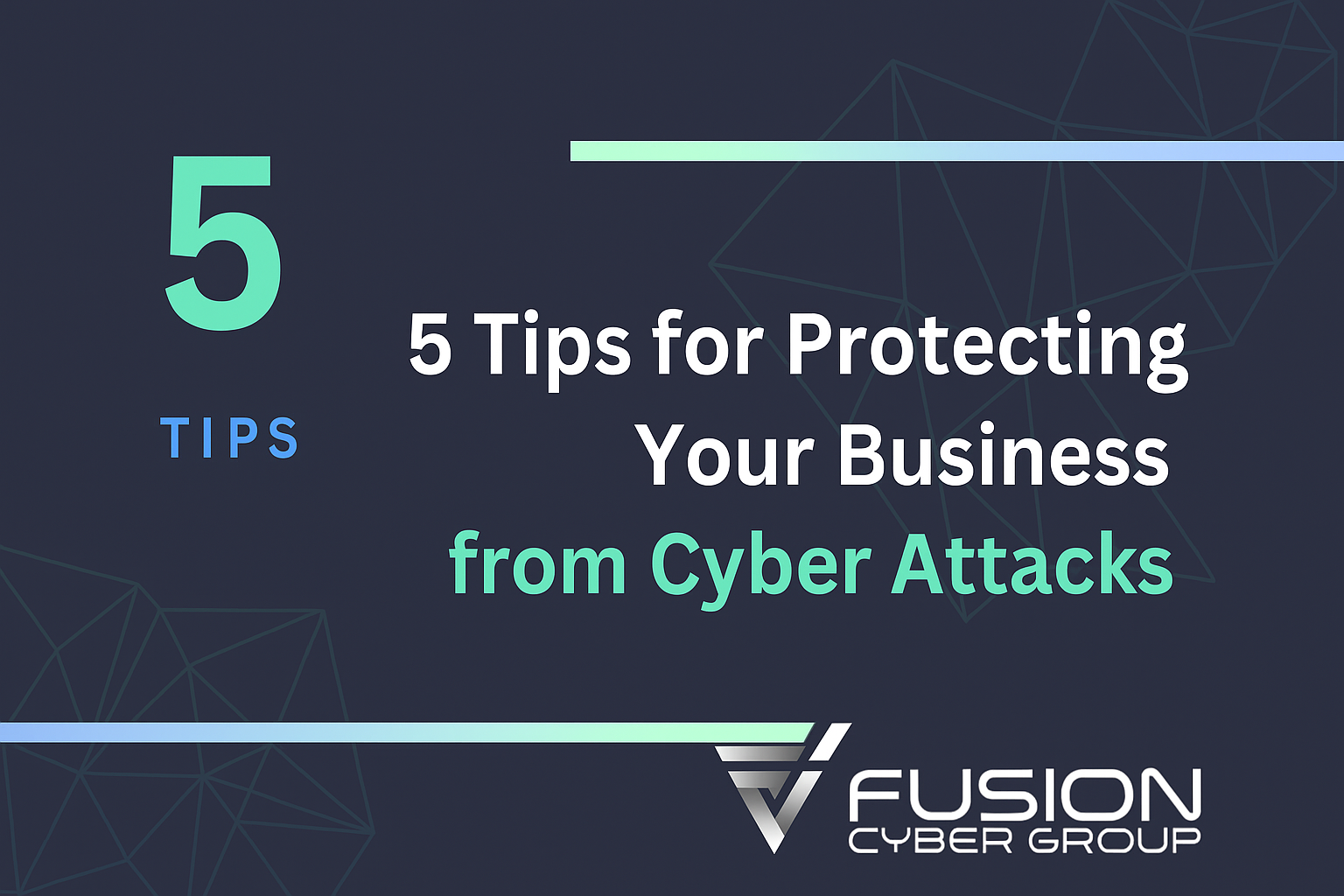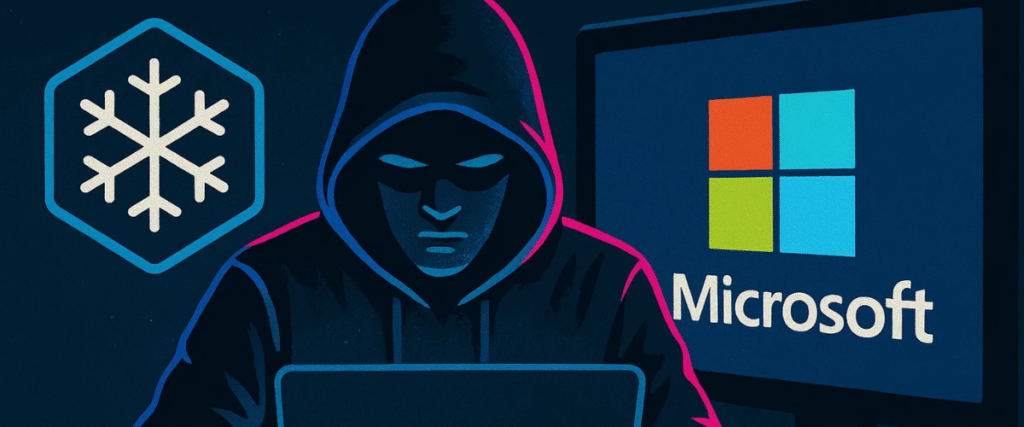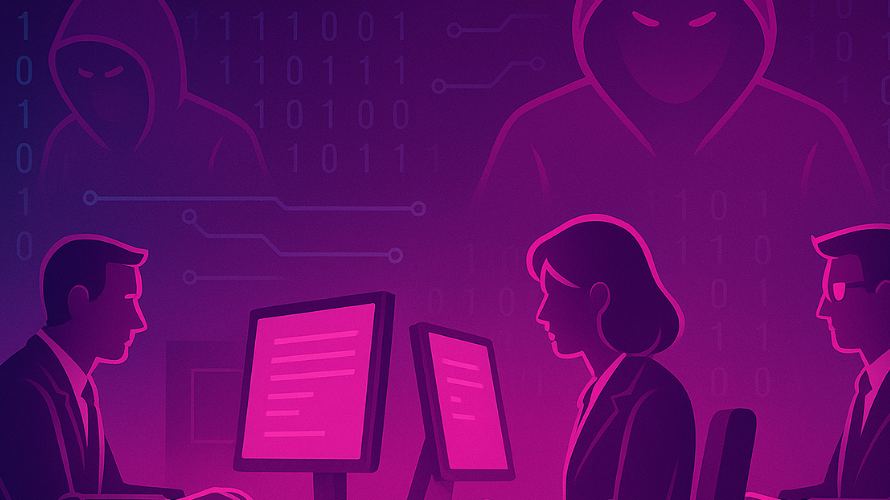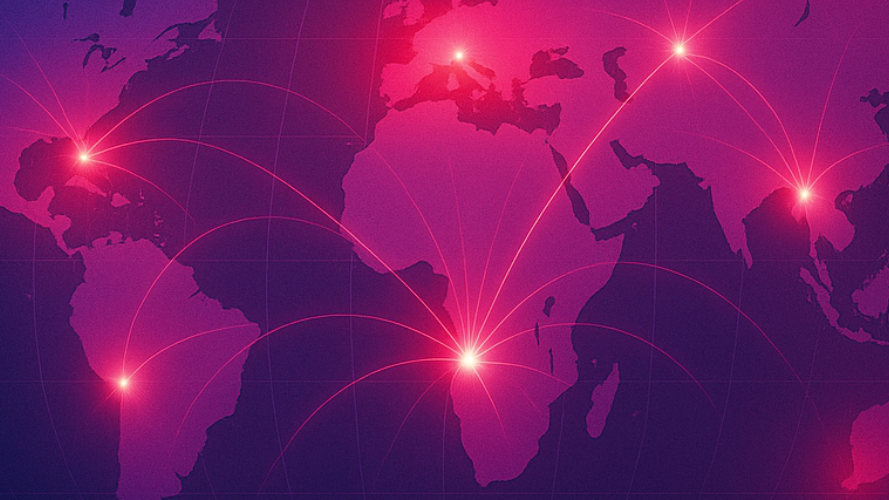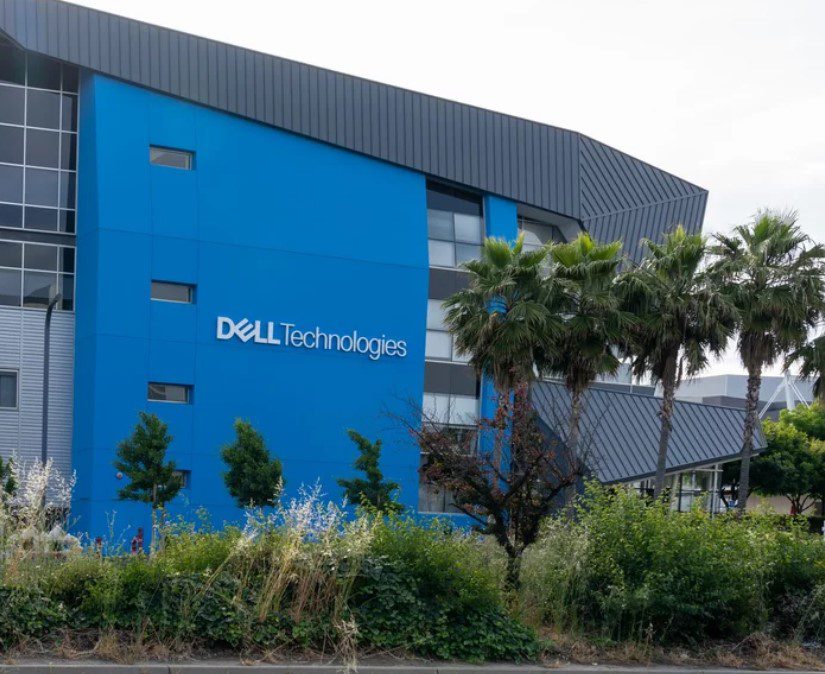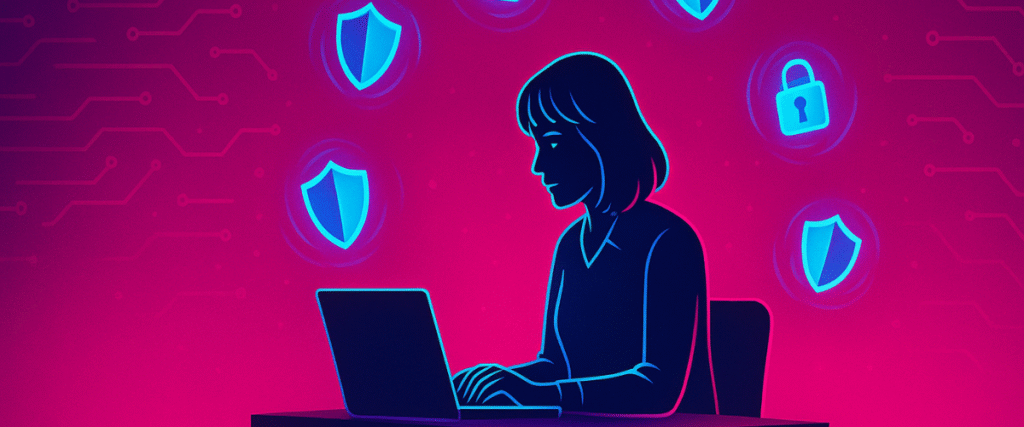
Always-on coverage means attacks are detected faster, contained earlier, and downtime avoided.
Canadian SMBs gain enterprise-grade protection without enterprise overhead.
Talk to a Fusion Cyber expert today to stabilise, secure, and scale your business.
The New Cybersecurity Reality for SMBs
SOC (Security Operations Center) coverage is now essential for Canadian SMBs. Every small and mid-sized business is, in practice, a digital business. Sales pipelines, invoicing systems, employee onboarding, SaaS applications, and hybrid work environments all depend on a web of logins, devices, and cloud platforms. This digital infrastructure enables growth and efficiency, but it also creates dozens of potential entry points for attackers. What once felt manageable—an on-premise server and a firewall at the office—is now a sprawling environment that changes daily.
The nature of risk has shifted. Attackers use automation to scan the internet constantly for weak passwords, unpatched systems, or exposed files. They flood staff inboxes with highly convincing phishing emails, where one careless click can compromise credentials or trigger ransomware. Hybrid work and mobile devices make it harder to secure the edge of the network, as employees log in from cafés, airports, and home offices. Even trusted vendors and supply chain partners can introduce risk if their systems are compromised, allowing attackers to move downstream into your business.
The pressure on SMBs has never been higher. Customers expect always-on uptime and documented proof that their data is safe. Cyber insurers now demand multi-factor authentication (MFA), endpoint detection, and 24/7 monitoring before offering coverage. Regulators like PIPEDA and Québec’s Law 25 enforce strict privacy obligations and require timely breach reporting. In this environment, “good enough” security is no longer acceptable—stakeholders want evidence of maturity and resilience.
The reality is that most SMBs don’t have the resources to meet these demands alone. IT generalists are stretched thin, juggling daily operations with after-hours alerts. Logs sit unmonitored across multiple platforms, leaving gaps that no one has the time or tools to close. Backups may exist, but they are rarely tested—meaning they may fail when needed most. Security tools generate alerts, but without dedicated monitoring, the majority go unreviewed, creating a false sense of protection.
This is exactly what attackers exploit. They don’t always smash down the front door. More often, they slip quietly through an overlooked vulnerability or a missed alert, waiting until the damage is maximised.
A SOC eliminates these blind spots. It brings trained analysts who watch your systems 24/7, documented processes that ensure immediate escalation, and technologies designed to detect threats early. The result is simple: instead of hoping you’ll notice a problem in time, you know a team is protecting your business every hour of every day.
What a SOC Really Is (and Why It Matters)
A Security Operations Center (SOC) is not just software. It’s a dedicated function staffed by experts whose job is to monitor, detect, and respond to threats continuously. For SMBs, it’s the cybersecurity equivalent of having firefighters on standby rather than hoping someone notices smoke before the building burns.
Three pillars of a SOC:
- People: Analysts, incident responders, and threat hunters who investigate suspicious behaviour.
- Processes: Playbooks for triage, escalation, and recovery that ensure no incident is left to improvisation.
- Technology: SIEM for centralised log analysis, EDR/XDR for endpoint visibility, SOAR for automation, and AI to identify subtle patterns.
Two main models:
- In-house SOC: Full control, but costly to staff 24/7 and hard to scale. Most SMBs simply can’t afford the salaries, training, and turnover.
- Managed SOC (MSSP model): Outsourced to a provider that delivers the same protection for a predictable monthly cost. This is the realistic option for SMBs who need enterprise-grade defences without enterprise payroll.
Why it matters to your business:
- Speed: Ransomware can spread through a network in under an hour. A SOC reduces detection and response times from days to minutes.
- Visibility: Instead of piecemeal logs across apps, you get one centralised view of all suspicious activity.
- Control: Leadership sees clear reports with uptime, patch rates, incident volumes, and response times.
Example:
A Toronto SMB noticed unusual activity in their Microsoft 365 environment. Without SOC coverage, they might not have caught it until accounts were fully compromised. With SOC oversight, analysts spotted the anomaly within minutes, disabled the suspicious account, and blocked the IP before data was stolen.
A SOC isn’t a nice-to-have—it’s a foundation for resilience in a world where attacks are constant, fast, and costly.nse.
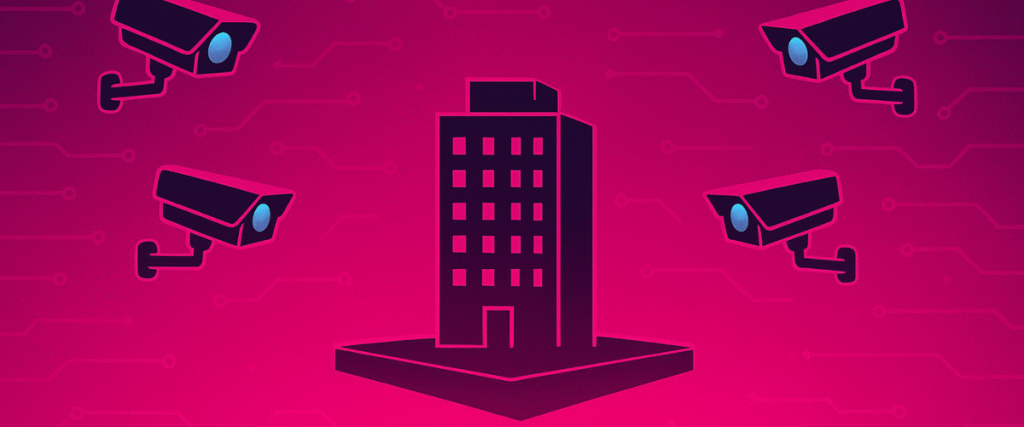
Why 24/7/365 Monitoring Matters
Attackers don’t work 9 to 5. They exploit nights, weekends, and holidays—the exact times when most SMBs are blind. That’s why 24/7/365 monitoring isn’t optional anymore.
What happens without it:
- Weekend ransomware: A malicious email is clicked Friday afternoon. By Monday morning, every file share is encrypted.
- Overnight data theft: Credentials stolen on Thursday are used at 2 a.m. to exfiltrate data. Nobody notices until after the weekend.
- Holiday exploitation: Hackers launch campaigns during long weekends when IT is unavailable.
What 24/7/365 SOC coverage delivers:
- Always-on detection: Every log, login, and anomaly is reviewed in real time.
- Immediate anomaly response: Suspicious behaviour triggers account lockouts, device isolation, and escalation instantly.
- Shorter dwell time: Attackers can no longer hide inside systems for weeks—reducing costs and exposure.
- Audit-ready evidence: Regulators and insurers demand proof that monitoring is continuous, not limited to office hours.
Business outcome: Faster detection equals lower cost. IBM’s 2024 Data Breach Report shows that breaches discovered quickly cost 40% less than those detected late.
Case in point:
A mid-sized Ontario retailer faced a ransomware attempt during New Year’s weekend. Because their SOC was live, analysts detected abnormal file encryption, isolated the endpoint, and stopped the attack from spreading. Recovery took hours—not weeks.
Takeaway for leaders: 24/7 monitoring is not about IT convenience. It’s about protecting revenue, customer trust, and compliance obligations every single day of the year..
Core SOC Technologies
The real power of a SOC lies in the technology stack it operates. These tools give analysts the visibility and automation they need to detect attacks early and act fast.
Key components:
- SIEM (Security Information and Event Management): Centralises logs from servers, apps, firewalls, and cloud platforms. Detects suspicious chains of activity.
- EDR (Endpoint Detection and Response): Tracks endpoint behaviour—spotting malware, privilege abuse, or suspicious scripts.
- XDR (Extended Detection and Response): Expands beyond endpoints to cover network, cloud, and SaaS apps for unified visibility.
- SOAR (Security Orchestration, Automation, and Response): Automates triage, enriches alerts, and executes routine responses.
- AI & Machine Learning: Learns patterns and flags anomalies—like impossible travel logins or unusual file transfers—that humans might miss.
How they work together:
- SIEM = central visibility.
- EDR/XDR = endpoint and network protection.
- SOAR = automation that reduces alert fatigue.
- AI/ML = smarter detection with fewer false alarms.
Why it matters for SMBs:
- These tools are expensive and complex to run in-house.
- A managed SOC delivers them fully integrated, tuned, and staffed.
- You get enterprise-grade protection without enterprise overhead.
Example outcome:
Instead of drowning in 5,000 daily alerts, a SOC tunes the system so only 50 actionable incidents reach analysts. That saves time, reduces errors, and ensures the real threats are never ignored.
The bottom line: these technologies are your digital security cameras and alarms. The SOC team are the trained guards who monitor them and respond when an intruder tries to get in.

Challenges SOCs Solve for SMBs
Running security operations in-house is harder than most SMBs realise. Even enterprises with big budgets and full IT departments struggle to keep up. For small and mid-sized businesses, the challenges are magnified by limited staff, smaller budgets, and competing priorities. Leaders may assume their existing IT team can handle security, but the reality is that constant monitoring, triage, and response require specialised skills and relentless focus that most SMBs simply can’t maintain on their own.
The first challenge is alert fatigue. Modern security tools generate thousands of alerts each day, many of which are false positives. Without proper triage, staff waste hours chasing harmless events while critical threats slip through unnoticed. SMBs rarely have the resources to tune detection systems or automate responses, which leads to fatigue, missed incidents, and a false sense of security. A SOC addresses this by applying automation through SOAR platforms and tuned detection rules, filtering out the noise and ensuring analysts can focus on the alerts that matter most.
The second challenge is the cybersecurity talent shortage. Skilled professionals are expensive, hard to recruit, and even harder to retain. Even if an SMB manages to hire one or two security analysts, those individuals cannot realistically provide 24/7 coverage. Nights, weekends, and holidays go unmonitored, leaving exploitable gaps. Burnout is also common when small teams are expected to carry the full weight of security operations. Managed SOCs solve this problem by providing trained, full-time analysts working in shifts. This ensures continuous oversight without forcing SMBs to bear the cost of enterprise-scale staffing.
The third challenge is keeping up with evolving threats. Ransomware, phishing campaigns, and zero-day exploits evolve weekly. Security controls that were effective yesterday may be bypassed today. SMBs rarely have the capacity to track global threat intelligence, update detection rules, and adapt processes on the fly. SOCs bring continuous threat intelligence feeds, proactive threat hunting, and regular updates to detection logic. This ensures that even as attacker tactics change, defences remain aligned and relevant.
Consider a real example: A Québec manufacturer was hit with a massive phishing campaign. Their IT generalist quickly became overwhelmed by the volume of suspicious emails and couldn’t respond fast enough to protect users. A managed SOC stepped in, identified compromised accounts, and blocked malicious domains within minutes. Production continued without interruption, and the business avoided downtime that could have cost thousands of dollars.
For business leaders, outsourcing SOC monitoring isn’t about giving up control. It’s about removing roadblocks that can’t be solved internally—alert fatigue, limited staff, and constantly shifting threats. A SOC brings discipline, expertise, and automation to challenges that SMBs face daily, ensuring security becomes a strength rather than a recurring weakness.ed with evolving threats—all while freeing internal IT staff to focus on core business projects.
Business Outcomes of SOC Coverage
For executives and boards, SOC monitoring must deliver measurable business value—not just technical noise. Security is no longer judged by the number of alerts generated, but by how quickly threats are detected, how effectively they are contained, and how much risk is reduced over time. A SOC provides tangible outcomes that translate directly into financial, operational, and reputational benefits.
Direct outcomes include: lower breach risk, reduced downtime, improved compliance posture, predictable operating expenses (OPEX), and stronger insurance eligibility. Attacks are contained before they escalate, downtime is minimised through faster recovery, and logs and reports provide regulators and auditors with evidence of due diligence. Perhaps most importantly, the shift from unpredictable breach costs to predictable monthly fees allows leaders to budget with confidence. Meeting insurer requirements for 24/7 monitoring, MFA enforcement, and tested backups also keeps policies valid and premiums manageable.
The financial perspective is clear. According to IBM’s 2024 Data Breach Report, the average Canadian breach now costs CAD $7 million. Faster detection and response can reduce that cost by up to 40%. In many cases, avoiding a single major outage offsets several years of SOC investment. What looks like an expense at first glance is, in practice, a form of cost avoidance and business continuity insurance.
Metrics that matter to leadership include: Mean Time to Detect (MTTD), Mean Time to Respond (MTTR), patch compliance rates, backup restore success, and phishing test results. These aren’t just technical measures—they are business KPIs that demonstrate resilience, risk reduction, and operational discipline.
The bottom line for SMBs: SOC coverage isn’t only about catching hackers. It is about protecting revenue streams, maintaining customer trust, keeping regulators satisfied, and ensuring insurers remain confident in your posture. In an environment where trust and uptime are everything, SOC monitoring transforms cybersecurity from a technical task into a measurable business advantage..
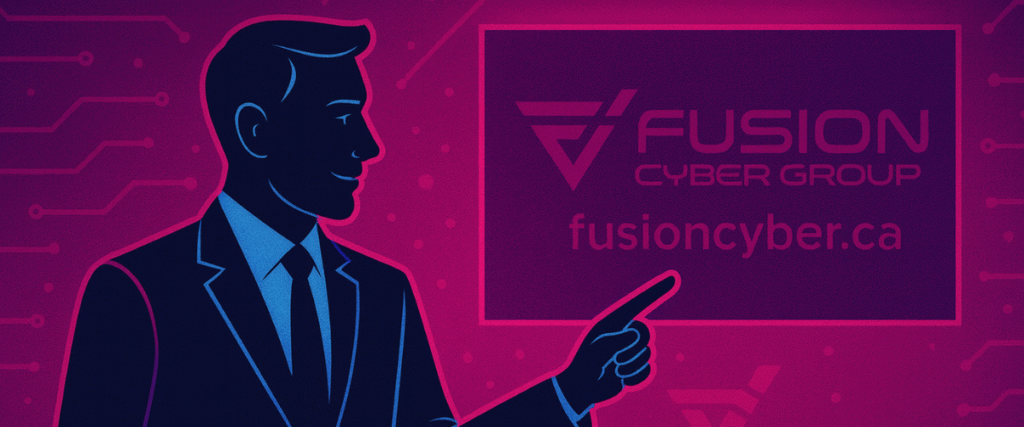
Why Fusion Cyber
Fusion Cyber is a Montréal-based MSSP/MSP with a clear mission: deliver enterprise-grade cybersecurity to SMBs at a price they can afford. Founded in 1985 and incorporated in 2004, we combine decades of operational experience with modern, outcome-driven security practices.
What makes us different:
- 24/7/365 SOC monitoring with certified experts (CEH, PNPT, OSCP, CISSP, CISA).
- Security-first stack: MFA, EDR/XDR, SIEM, SOAR, DNS filtering, advanced email protection, and vulnerability management.
- Proven resilience: Quarterly backup restore tests and disaster recovery drills ensure recoverability.
- vCISO/vCIO oversight: Strategic guidance that aligns controls with your business goals, compliance, and budget.
- Transparent reporting: Dashboards and reviews that show MTTD, MTTR, patch rates, phishing results, and risk trends.
Financially backed guarantee:
Fully onboarded clients are protected by our Cybersecurity Guarantee: if a breach occurs, we fund the incident response, containment, and recovery. That guarantee exists because we know our layered defences measurably reduce risk.
The business outcome:
- One accountable partner for IT and security.
- Predictable budgets instead of unpredictable breach costs.
- Stronger compliance posture for PIPEDA and Law 25.
- Fewer outages and less downtime for staff.
- Evidence you can show customers, insurers, and auditors.
If you want fewer surprises, stronger resilience, and clear ROI from cybersecurity, Fusion Cyber is ready to help.
Featured links:
Key Benefits of SOC Services for SMBs
7 Cybersecurity Trends for SMBs
FAQ:
What is the difference between an in-house SOC and a managed SOC?
An in-house SOC is built and operated by your organisation. You hire staff, buy tools, run 24/7 operations internally. It gives full control but high cost and staffing demands. A managed SOC (MSSP) outsources monitoring and response to a specialist provider. You get access to experienced analysts, tools, and continuous coverage without having to build everything yourself. For most SMBs, managed SOCs offer better value, faster setup, and fewer gaps.
How does a SOC help reduce the cost of breaches?
A SOC reduces breach costs in several ways. It helps detect threats sooner (lowering dwell time), which limits data loss, damage, and recovery time. It can also avoid major system downtime and reputational damage. Insurance premiums can drop because insurers see you’ve implemented stronger detection and response controls. Over time, these savings often exceed the monthly cost of running the SOC.
What metrics should SMB leaders track to judge SOC performance?
Key metrics include Mean Time to Detect (MTTD), Mean Time to Respond (MTTR), patch compliance rate, backup restore success, and phishing test or simulation outcomes. These give insight into how quickly your security operations notice and handle threats; how well your systems are patched; whether your backups work; and how resilient your staff are to social engineering.
Is 24/7 SOC coverage really necessary for small businesses?
Yes, often more than people assume. Attacks don’t stick to business hours. Many breaches start overnight, over weekends, or during holidays. Without around‐the‐clock monitoring, suspicious behaviour can go unnoticed for too long. A 24/7 SOC means someone is always watching. Even if your in-house team is small, using a managed SOC gives you the benefit of continuous surveillance and faster containment.

Fun Fact: Shared Threat Intelligence
Many managed SOCs now use “threat intelligence sharing” networks. This means when one company is attacked or sees a new malware, the info gets shared (anonymously) so others can update their detection rules. For SMBs this adds a multiplier effect: you benefit from what other companies are seeing in real time without having to discover the same threats yourself.
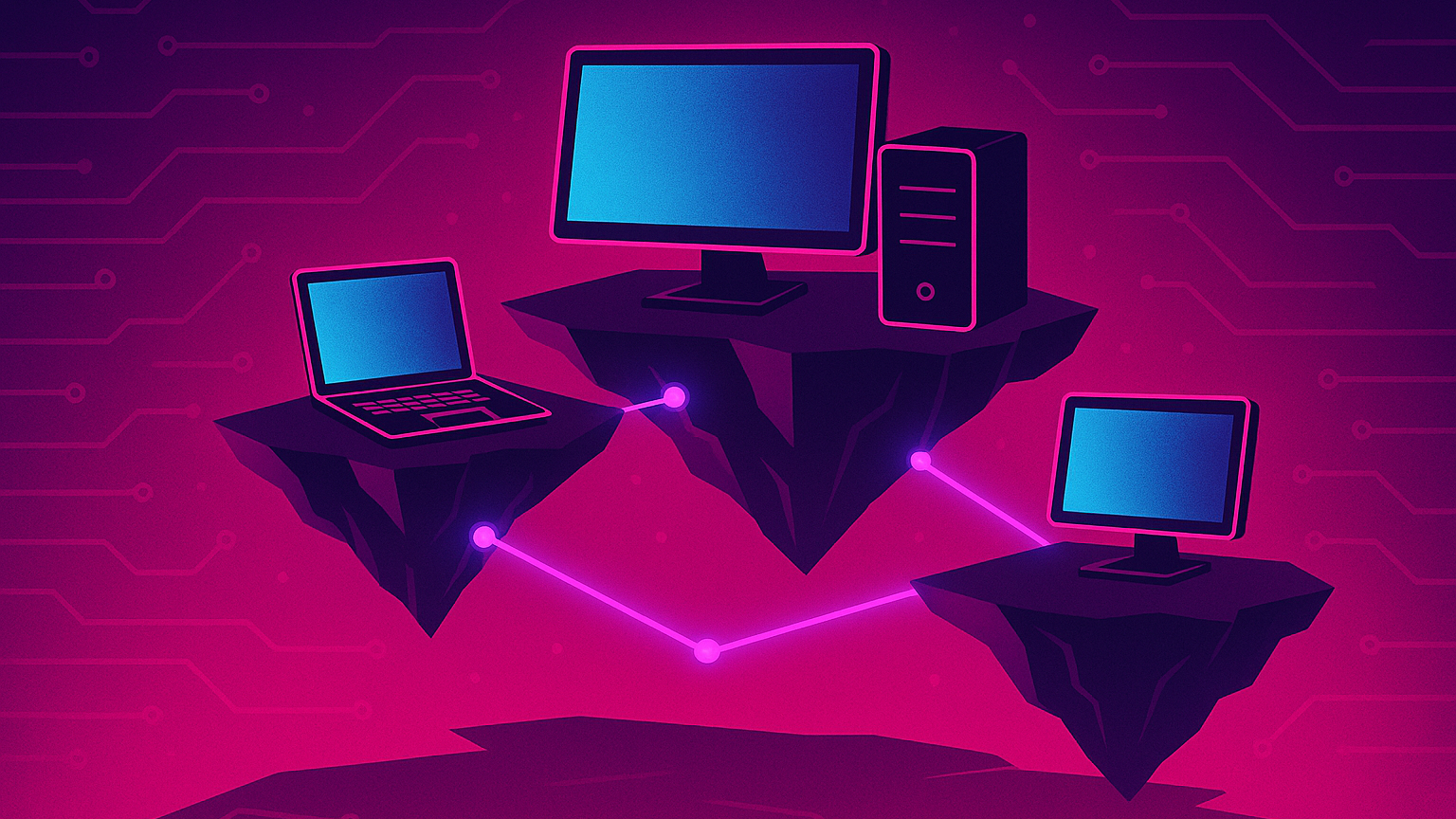
Expert Prediction: Rise of Unified Platforms
Security experts foresee greater adoption of unified security platforms over the next 2–3 years. These platforms combine endpoint protection (EDR/XDR), SIEM, SOAR, email filtering, and backup verification under one dashboard. For SMBs, unified platforms reduce complexity, decrease the number of vendors to manage, and lower operational noise. It’s a trend worth preparing for now.
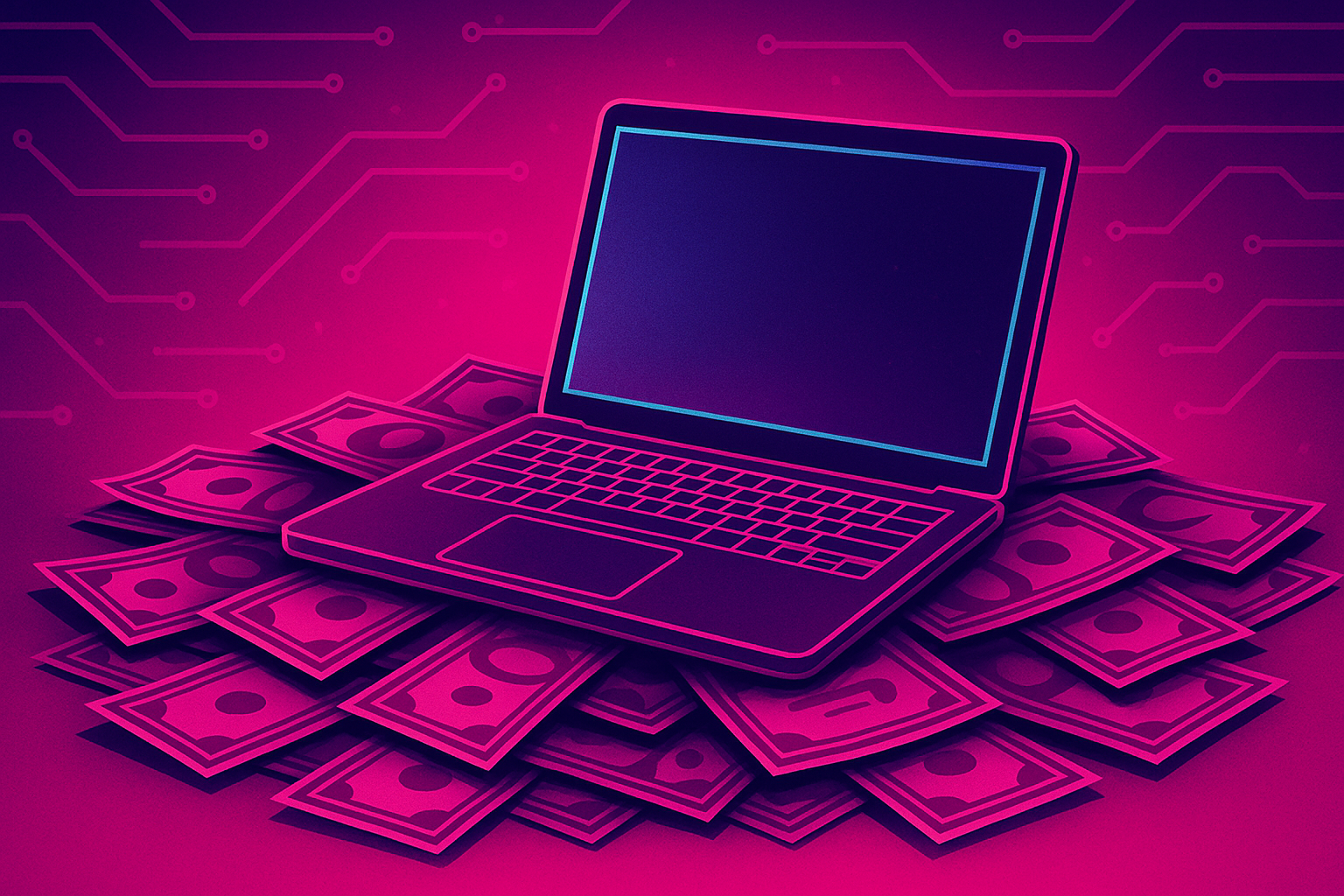
Real-World Example: Insurance Premium Savings
A midsize Canadian tech firm with 150 employees adopted 24/7 managed SOC coverage and rigorous email/phishing simulations. When renewing their cyber insurance, they were able to show documented detection times, incident response metrics, and logged backups. The insurer lowered their premium by about 15% due to the demonstrated decrease in risk exposure. That savings alone offset a portion of the SOC subscription cost.
Our Cybersecurity Guarantee
“At Fusion Cyber Group, we align our interests with yours.“
Unlike many providers who profit from lengthy, expensive breach clean-ups, our goal is simple: stop threats before they start and stand with you if one ever gets through.
That’s why we offer a cybersecurity guarantee: in the very unlikely event that a breach gets through our multi-layered, 24/7 monitored defenses, we will handle all:
threat containment,
incident response,
remediation,
eradication,
and business recovery—at no cost to you.
Ready to strengthen your cybersecurity defenses? Contact us today for your FREE network assessment and take the first step towards safeguarding your business from cyber threats!










